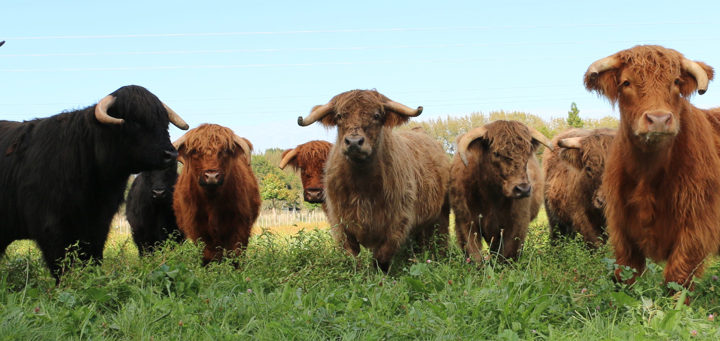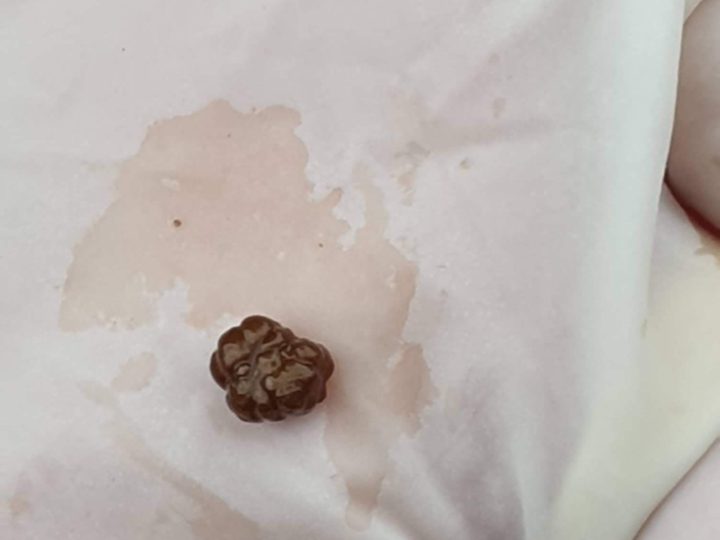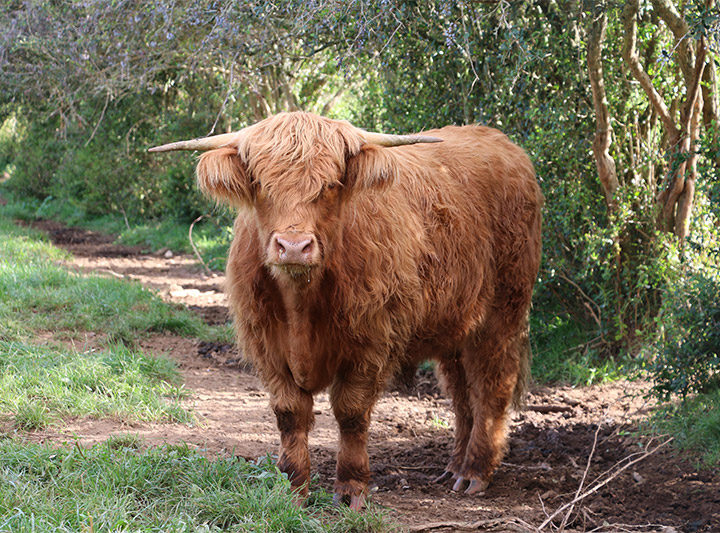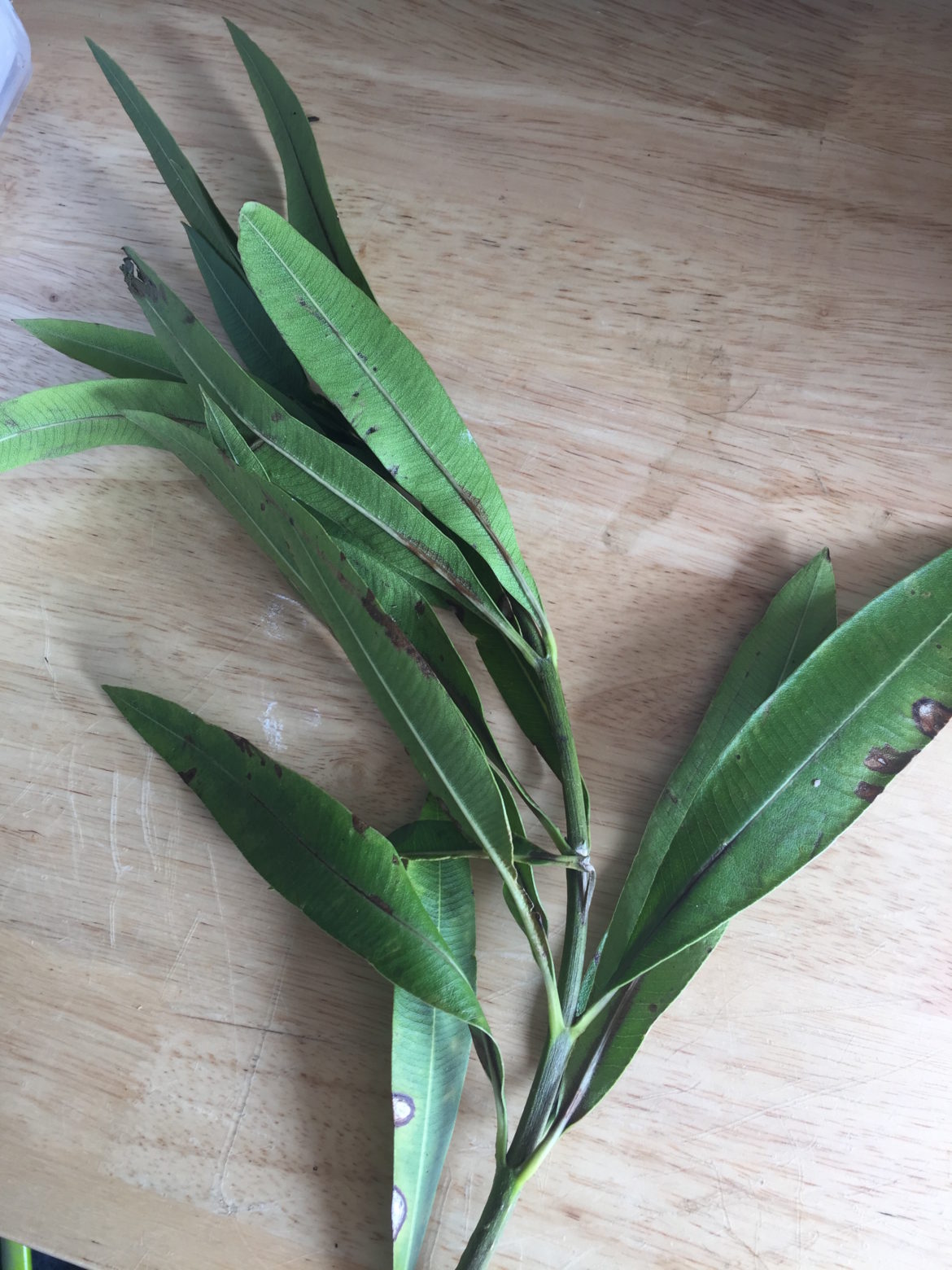
Oleander Toxicity Explained by The Lifestyle Vet
Normally this plant loves to hang around on roadsides, gardens and even in the native bush. When in flower, it has beautiful small pink flowers, but don’t be deceived, this plant is deadly. As little as two leaves will kill an adult sheep, alpaca or goat. As little as 30 grams can kill a fully grown cow.
What is this plant?
This plant is Oleander (Nerium oleander L.) ,a common garden plant that is primarily distributed throughout the warmer North Island regions of New Zealand. It has the ability to grow in a variety of environments – roadside, paddocks and even in sandy soil. It is recognised throughout NZ as one of the most toxic plants to both humans and animals, and is particularly toxic to sheep, cattle, horses, alpacas and goats. This evergreen shrub can grow four meters tall and contains rose pink coloured flowers.
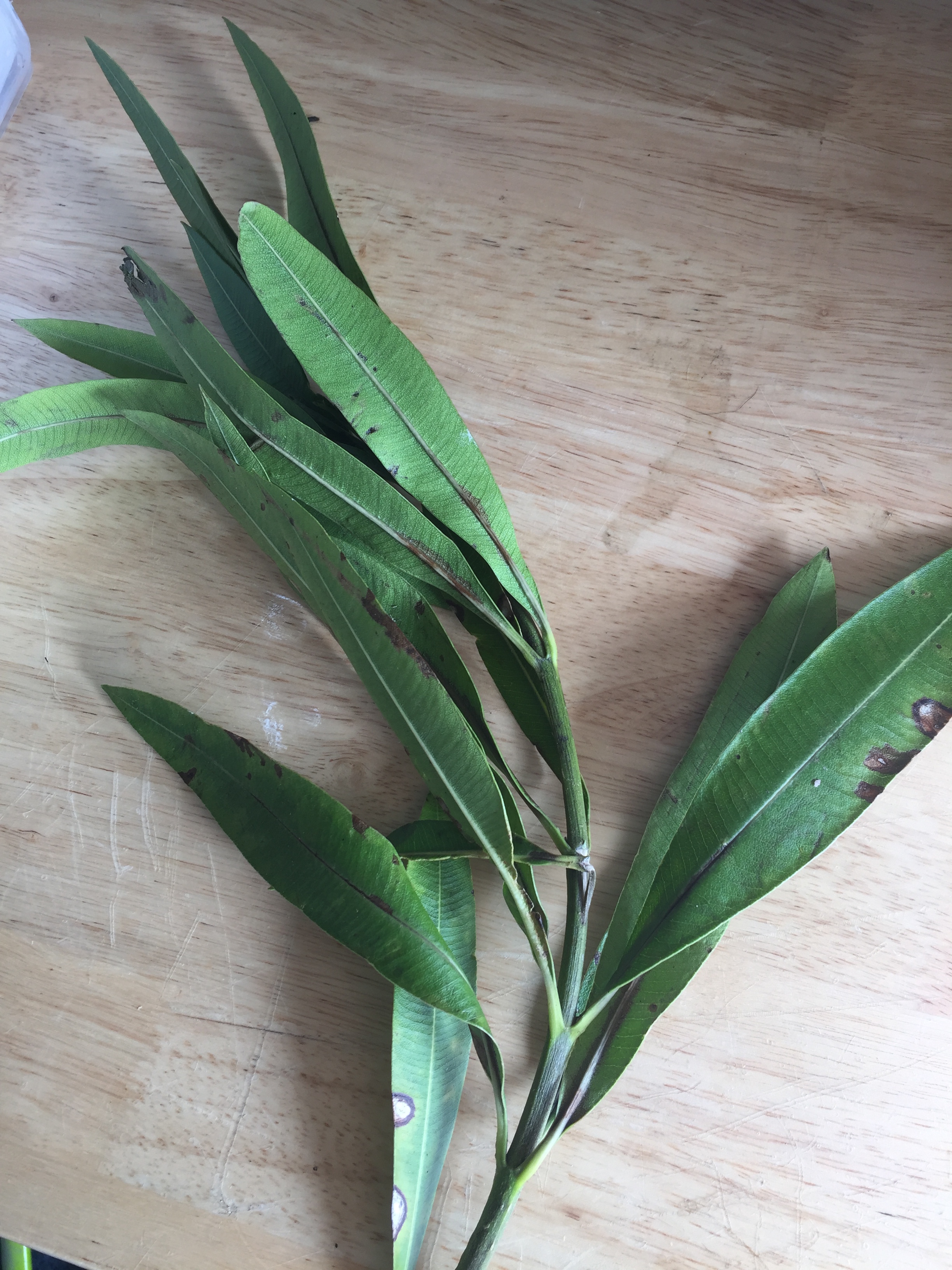

Oleander poisoning most commonly occurs after clippings of the plant are eaten by browsing animals after being thrown into paddocks or onto of a bon fire pile that is located in a paddock. The main toxin in oleander is a cardiac toxin that acts by paralysing one of the body’s major nerves (the vagus nerve), resulting in rapid death.
If only a small amount has been ingested AND you are lucky enough to diagnose oleander toxicity in your stock quickly enough, then prior to death you can expect to see the following clinical signs:
- evidence of vomiting or food regurgitation (very common sign)
- lethargy and weakness
- incoordination
- seizures
- collapse
- animals may be particularly easy to approach because they are unwell
If your animal is unwell and you have found this plant in your paddock then CALL YOUR VET IMMEDIATELY! Emergency treatment will need to be initiated immediately, which involves the administration of activated charcoal orally via stomach tube, hospitalisation and the initiation of intravenous fluid therapy for at least a 48 hour period and supportive medical therapy.
If stock are found ill but you are unsure whether this plant was ingested, then diagnosing oleander toxicity can be achieved in two ways:
- Laboratory testing to try detect levels of it in the blood, stomach contents and faeces
- Performing a post mortem on the animal to collect a sample of the heart. Oleander contains a cardiac toxin called oleandrin, which causes myocardial necrosis and haemorrhage, which means death and bleeding of the heart muscle. The heart often looks like it has black splotches all over it.
Prevention is key! Preventing exposure to this plant is the best course of action available to you to protect your stock. What can you do?
- Make sure you walk the perimeter of your property/paddocks to check whether this plant is present.
- Remember, this plant may not be flowering so it is important to be able to identify this plant by looking at the leaves alone.
- Regular road side checks are recommended to determine whether stock could gain access to this plant.
- Educate your neighbour so that they don’t accidentally throw clippings over the fence for your animals.
The Lifestyle Vet – Providing an exceptional level of veterinary care for your beloved lifestyle block animals 🙂

